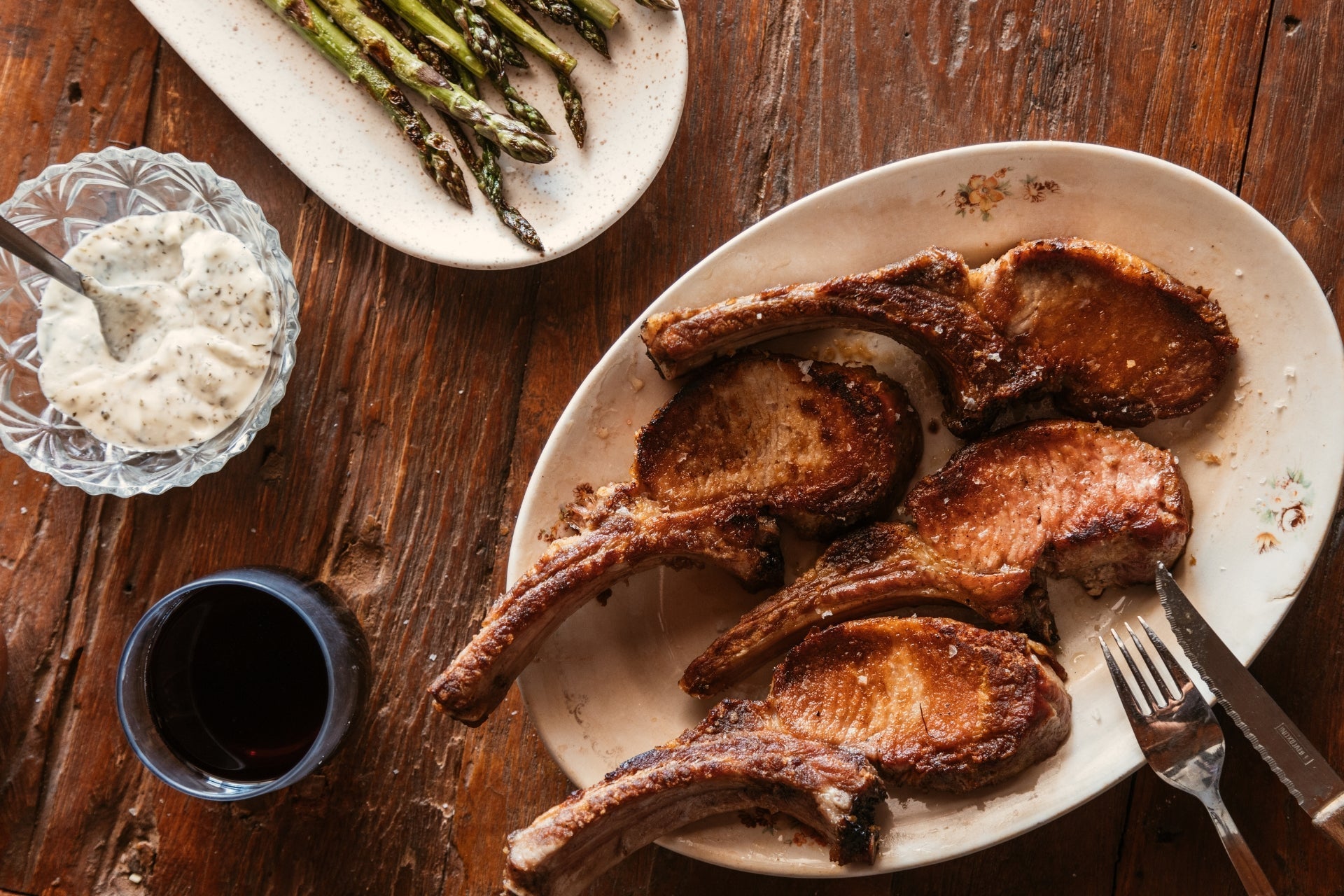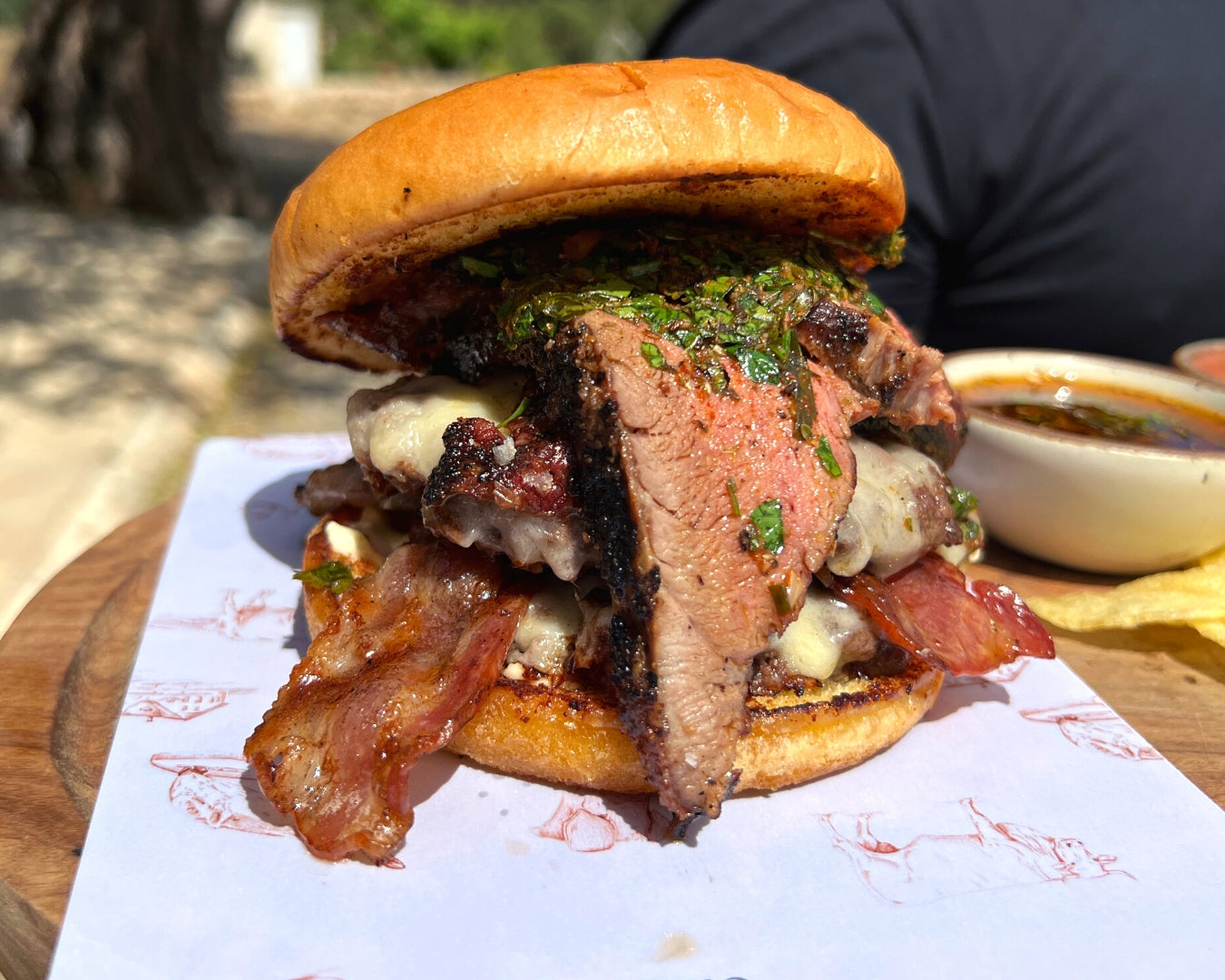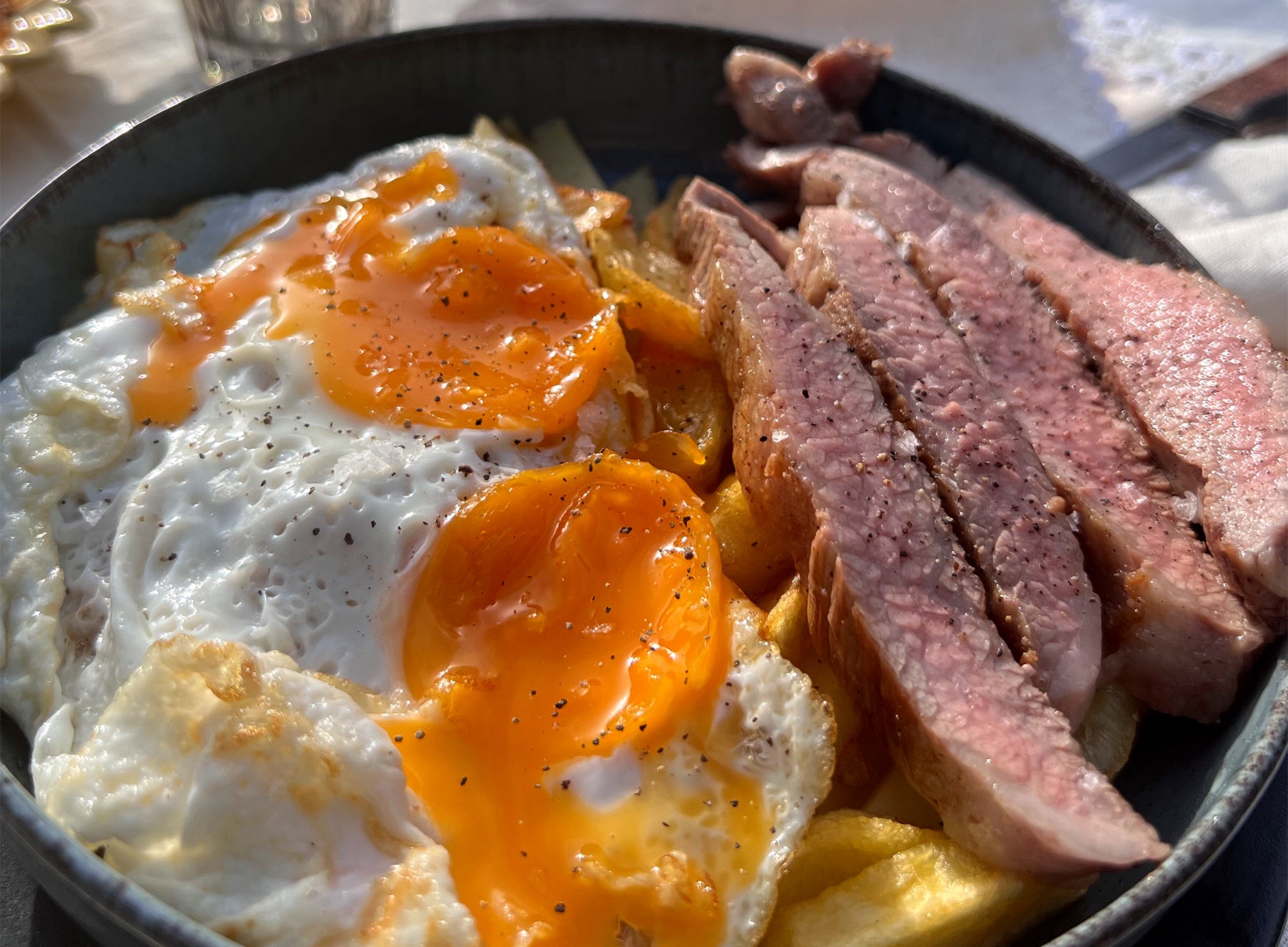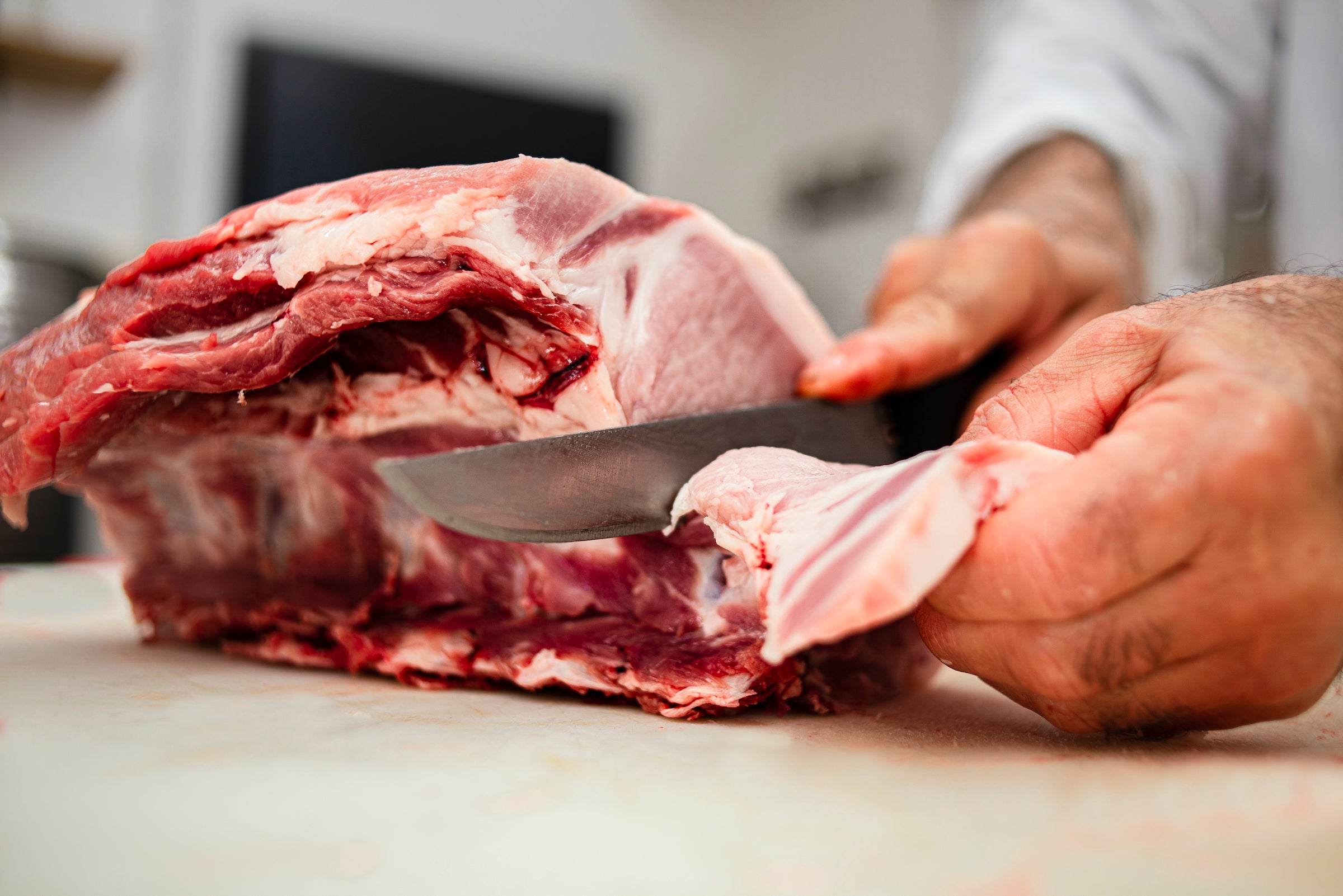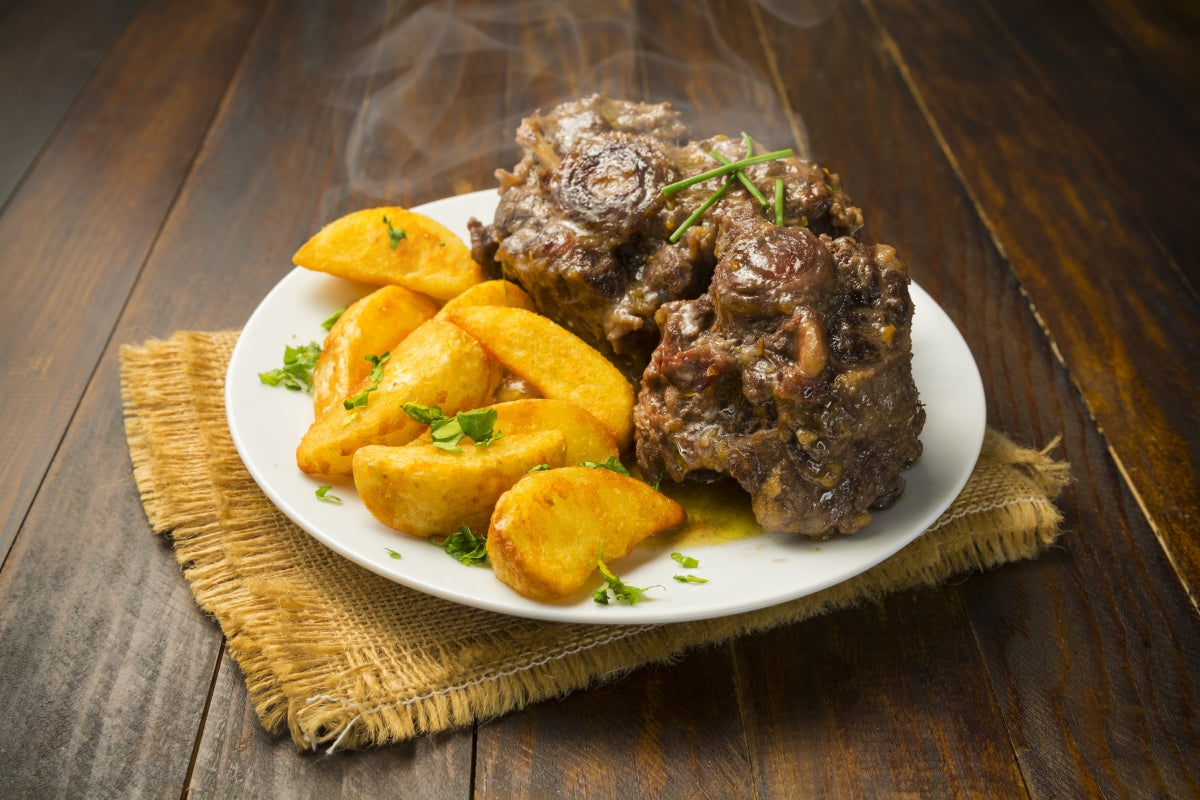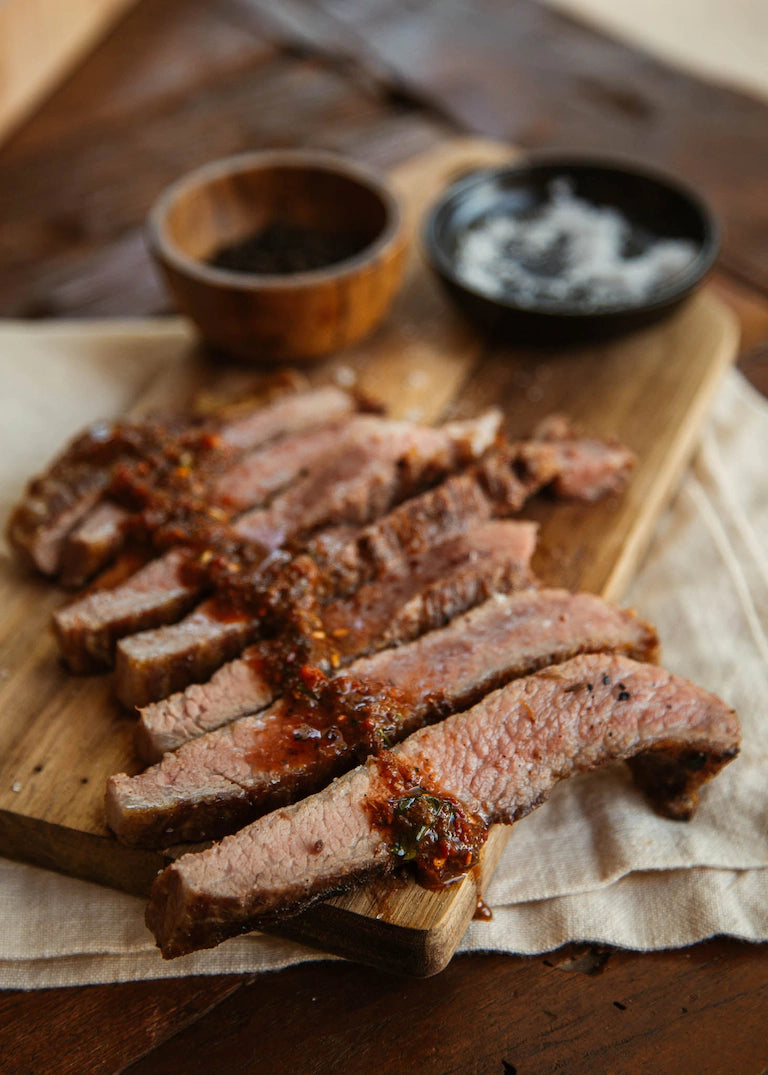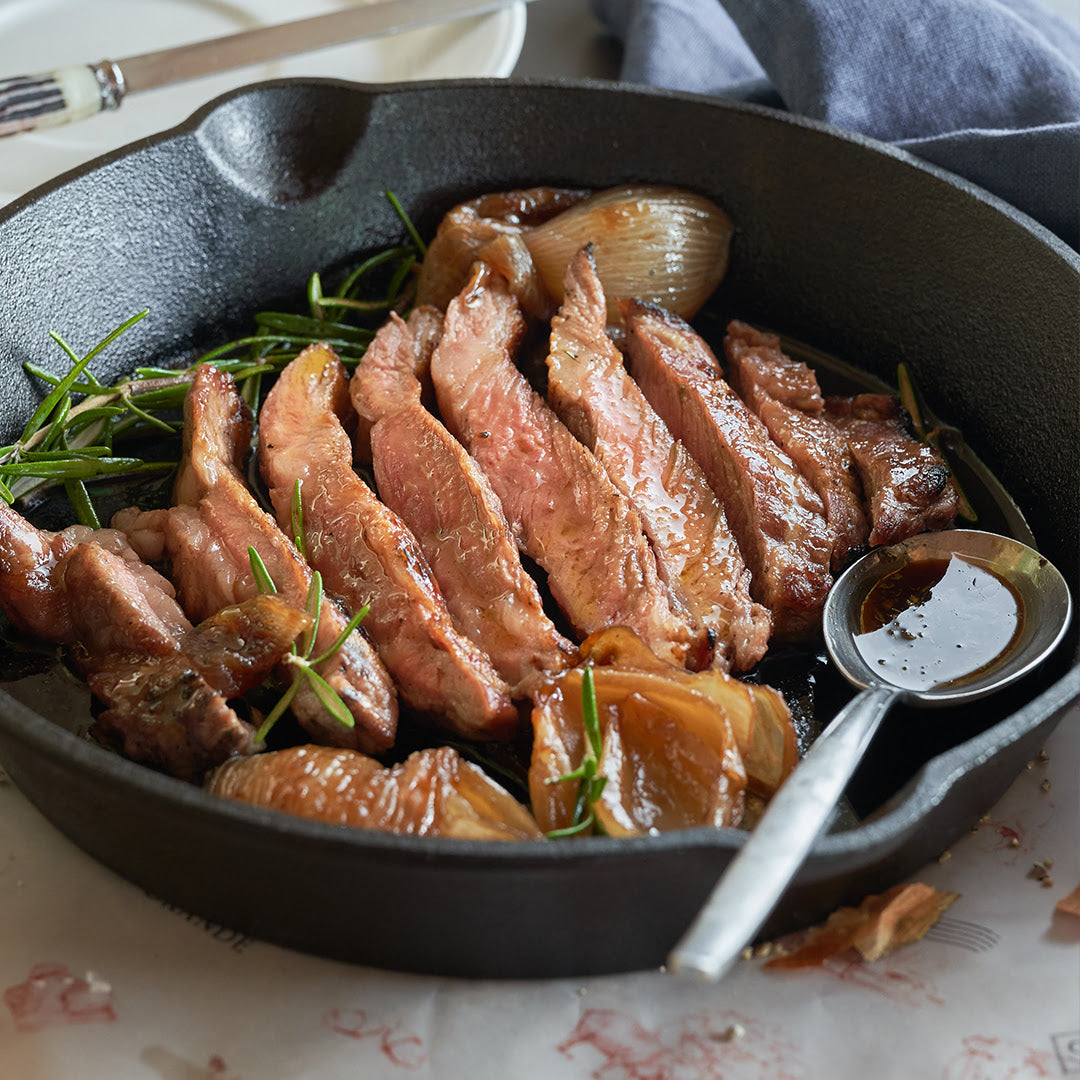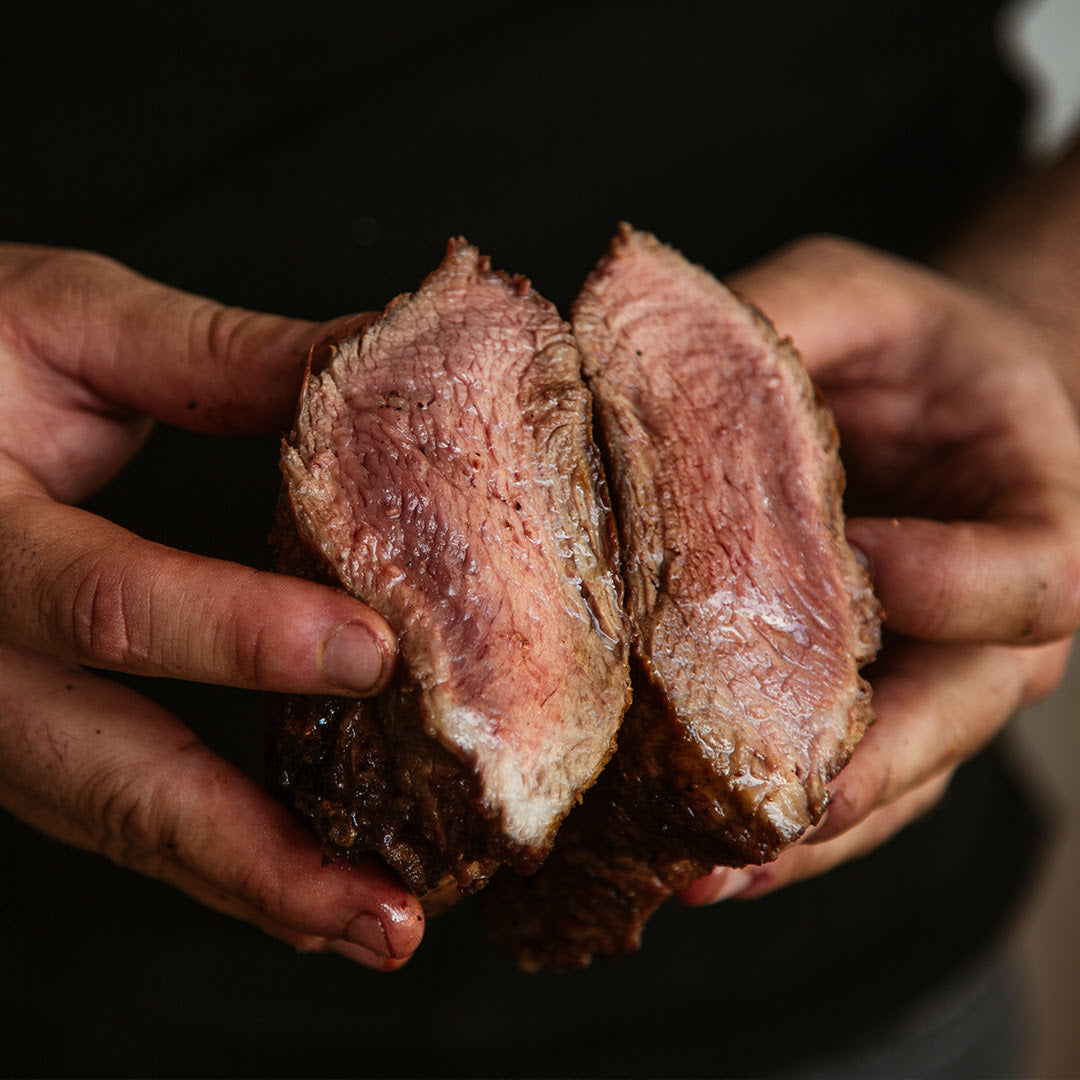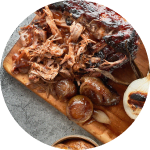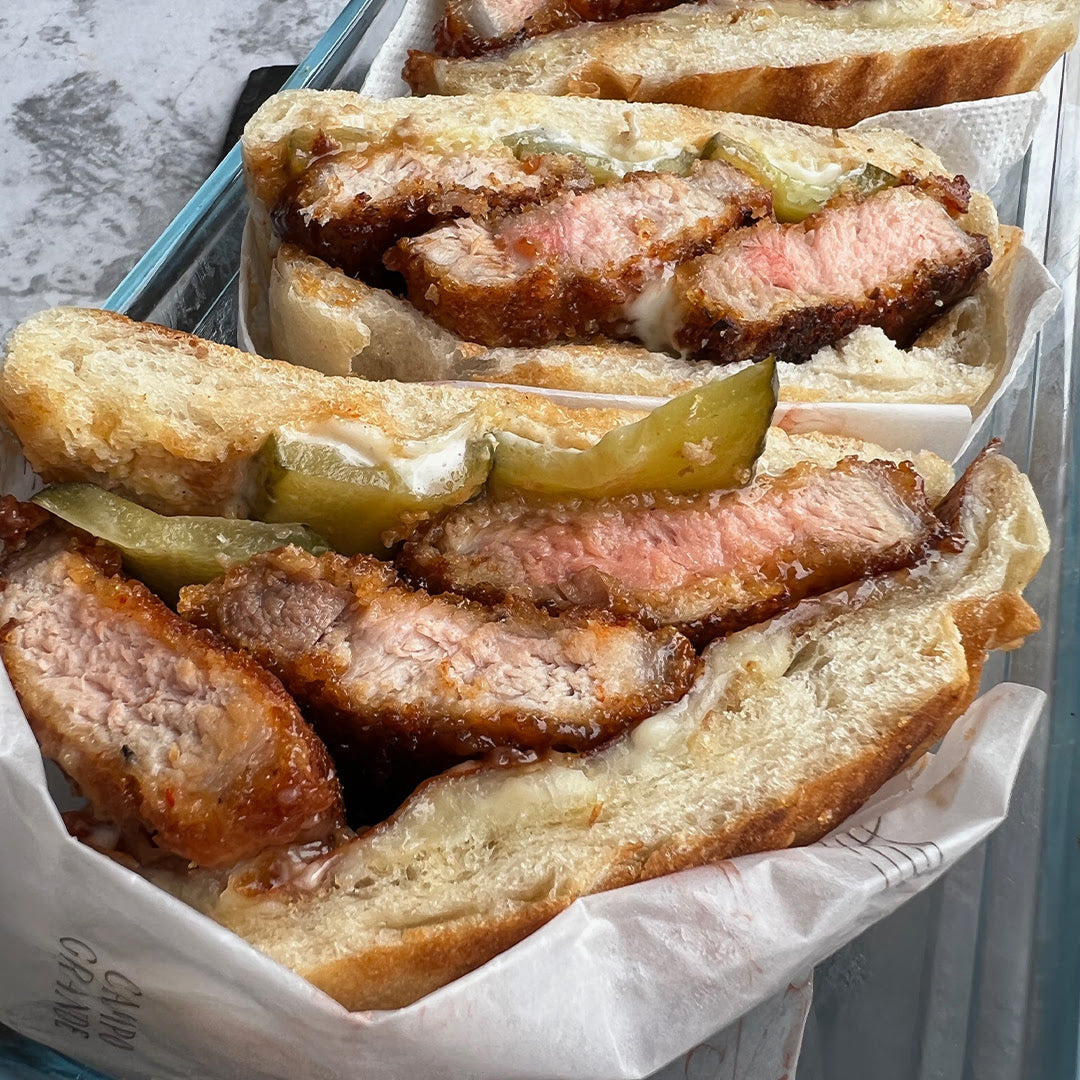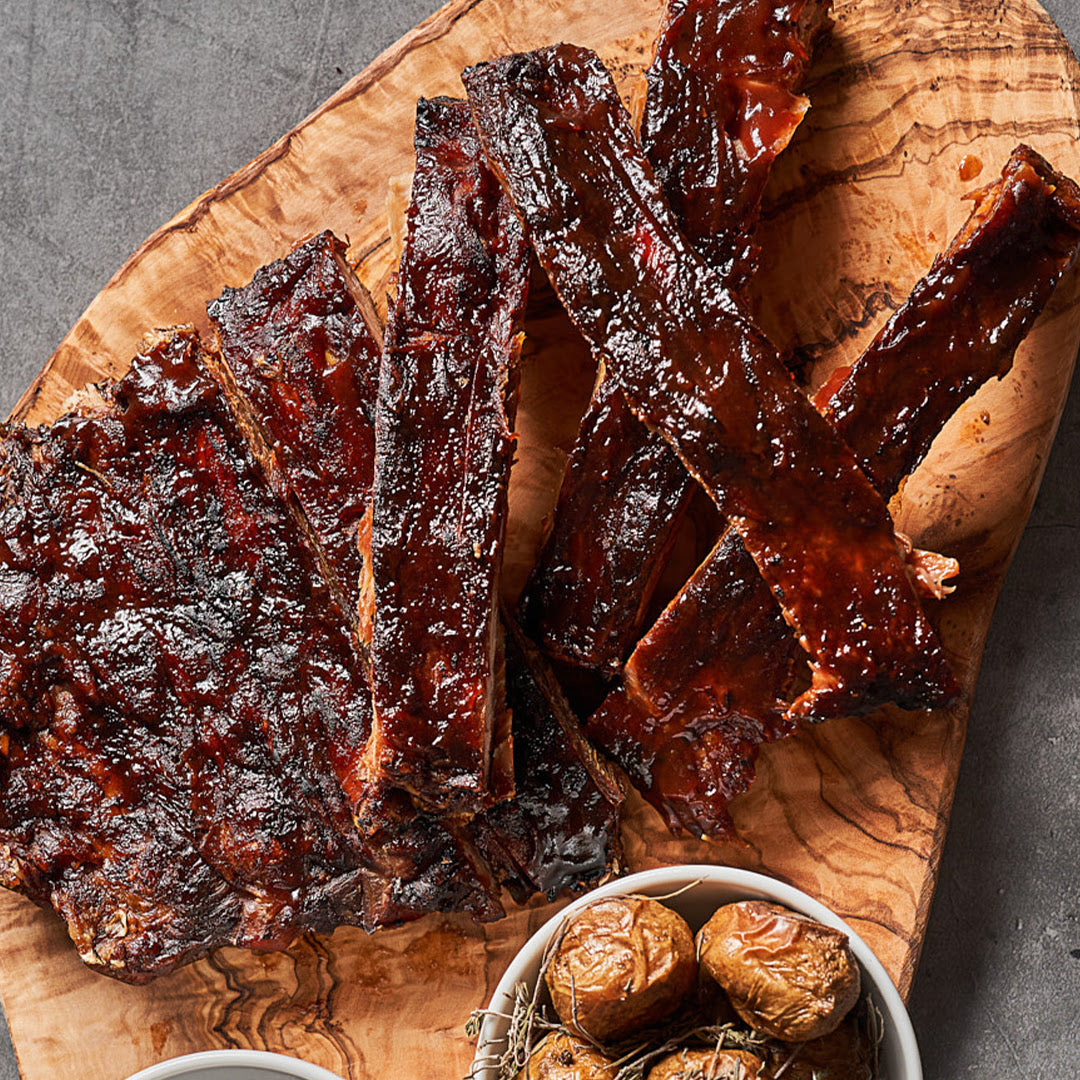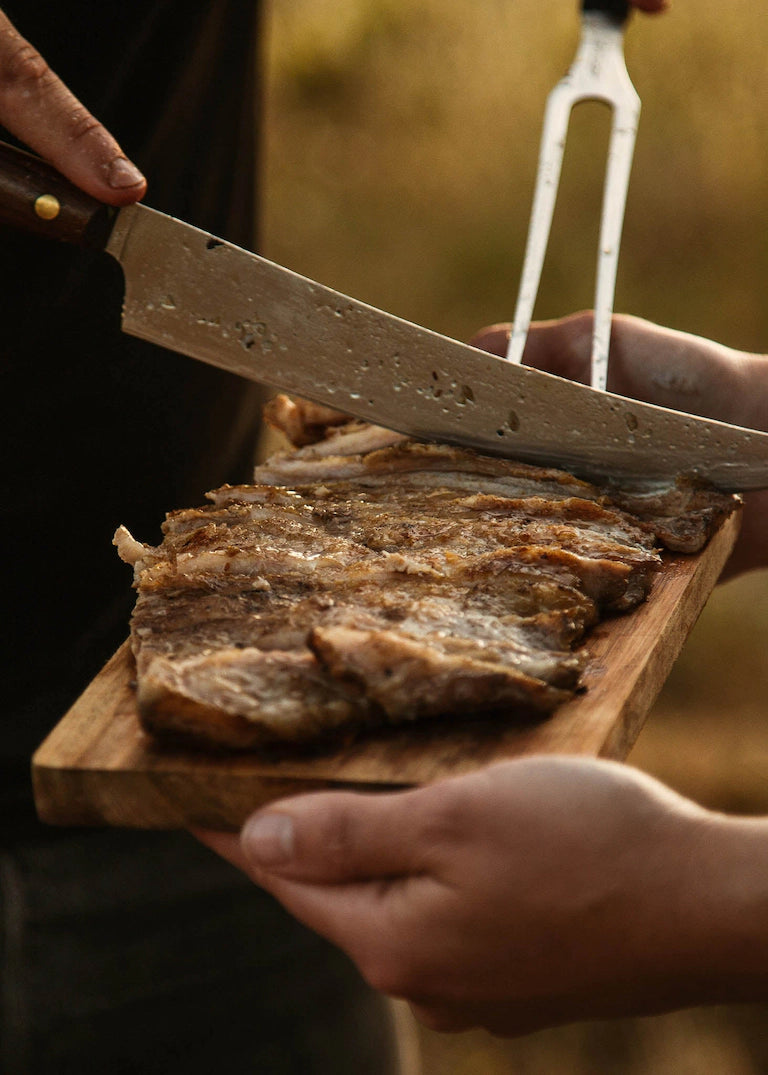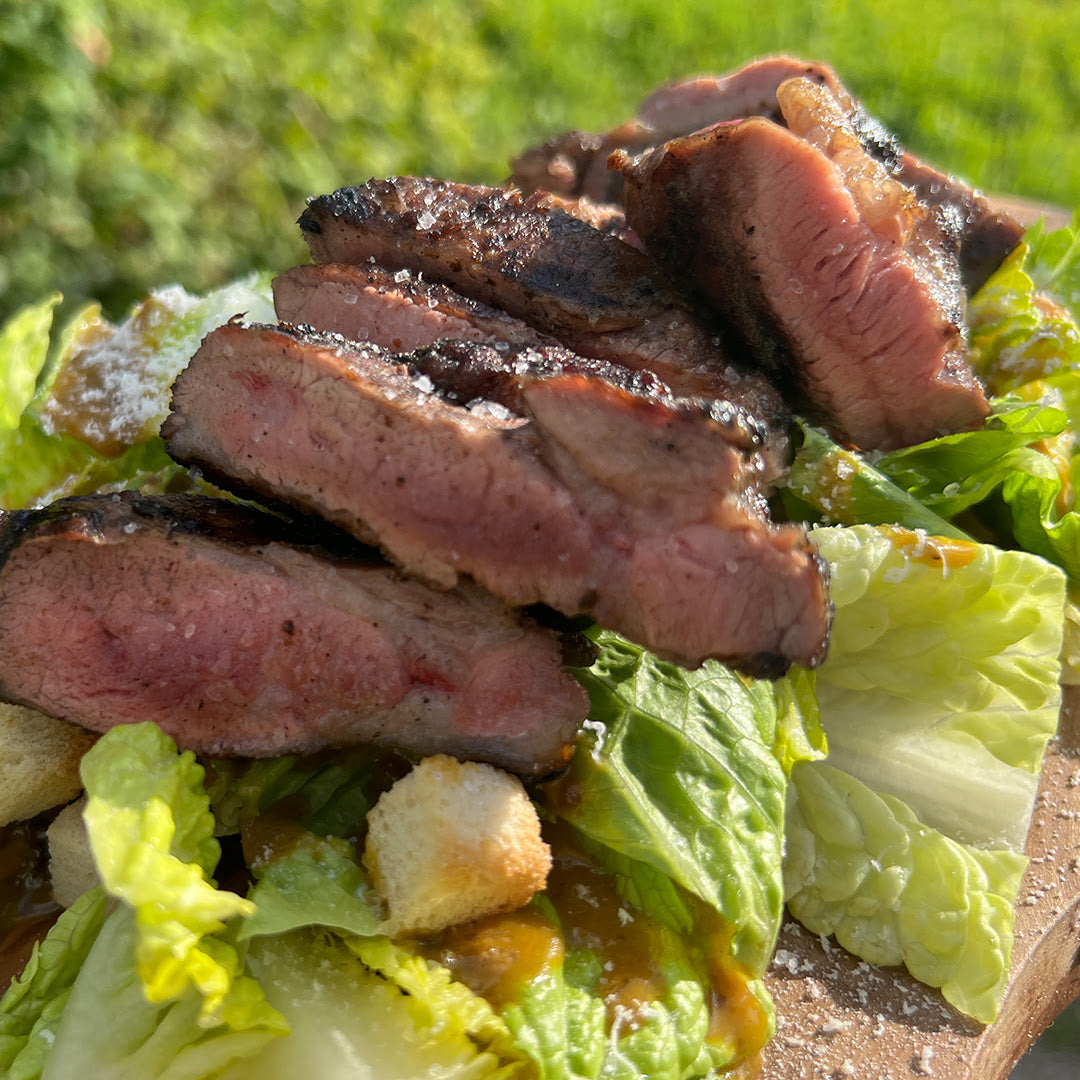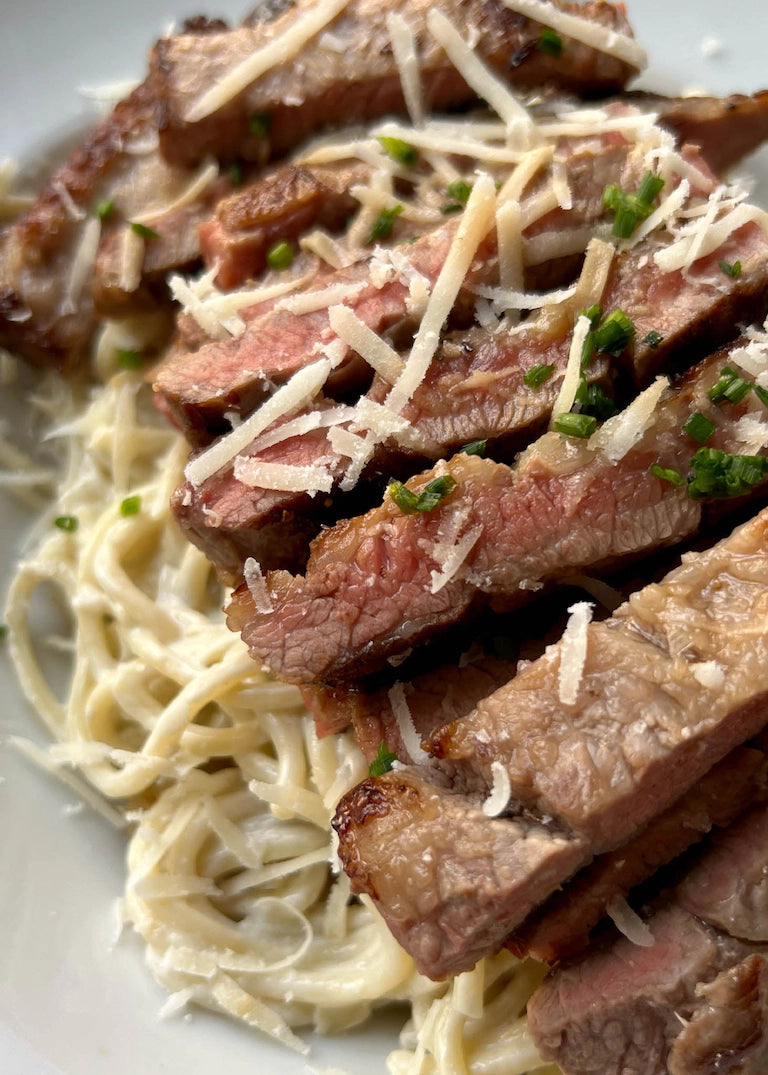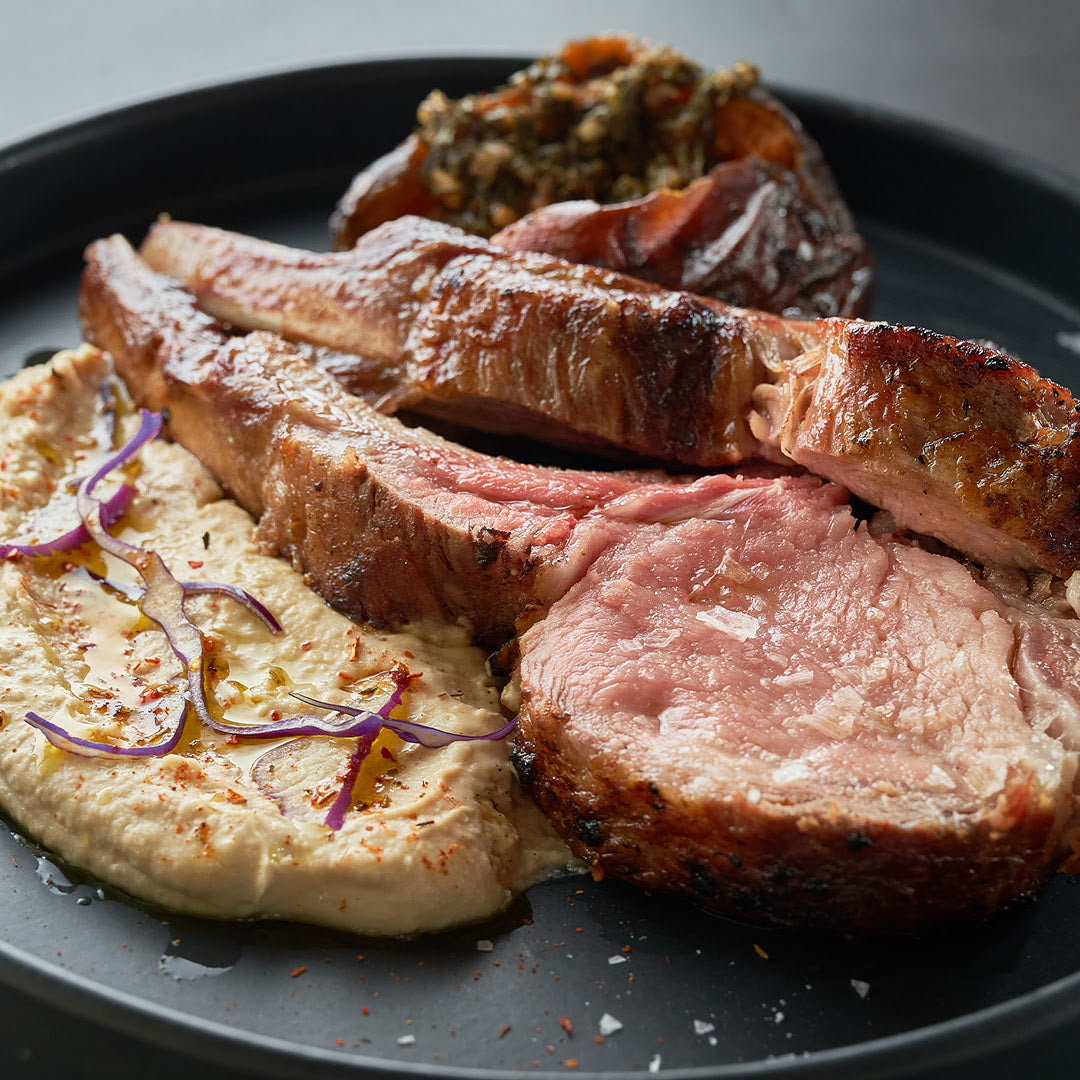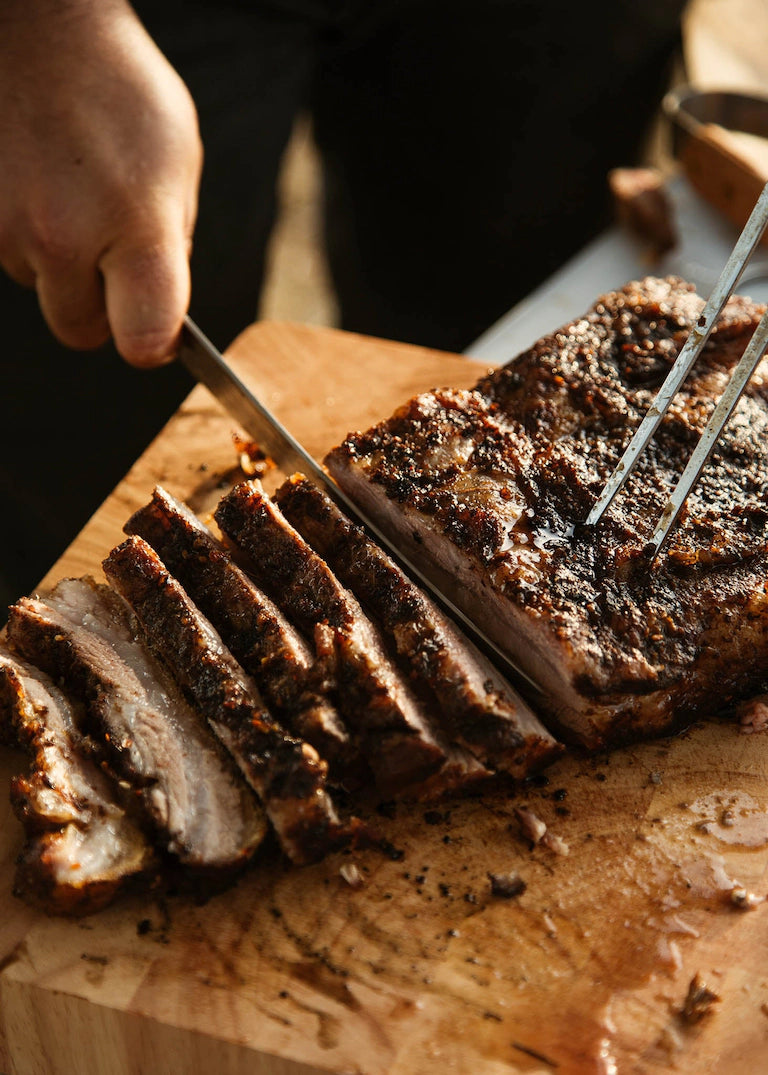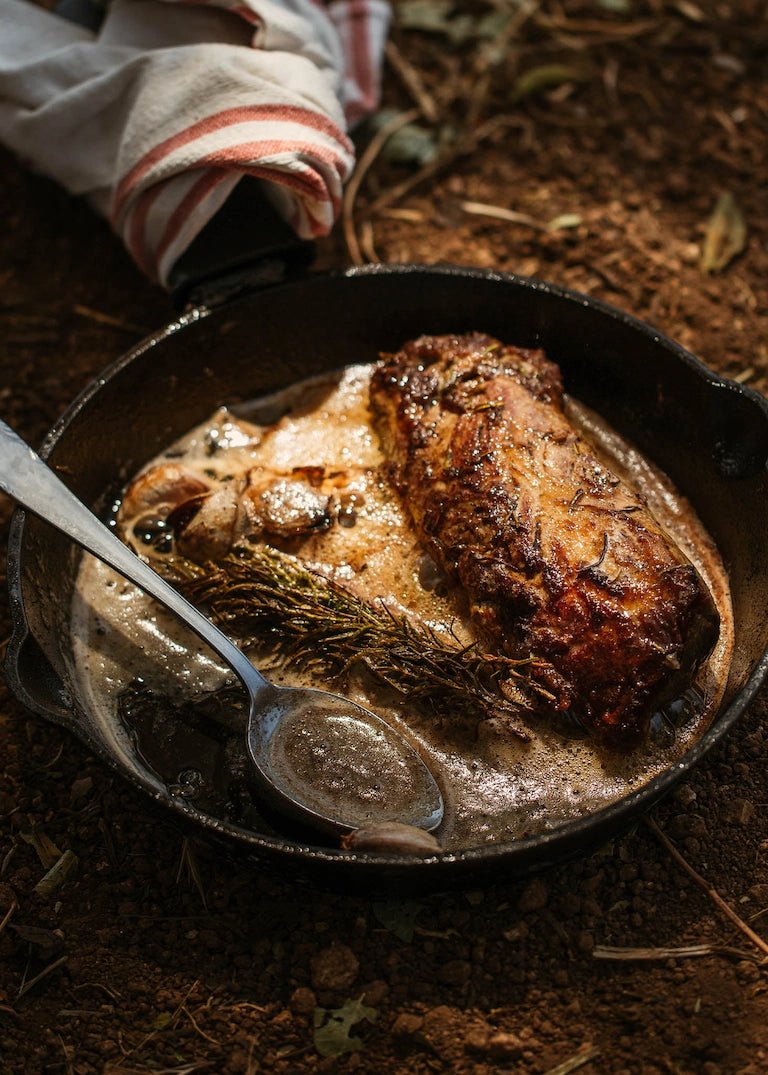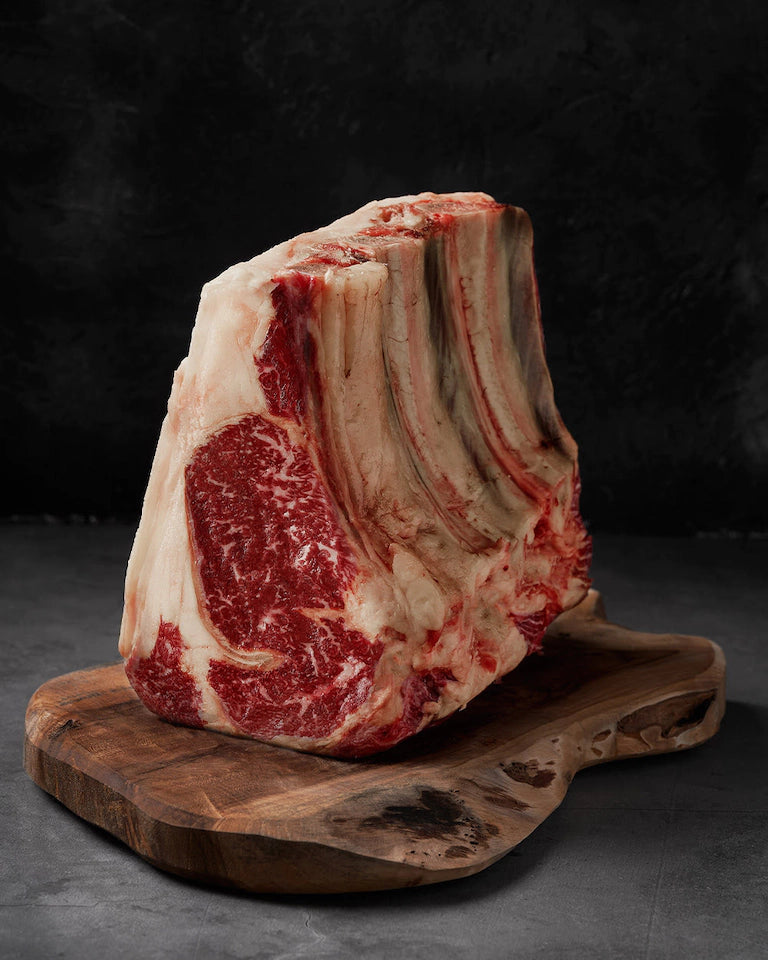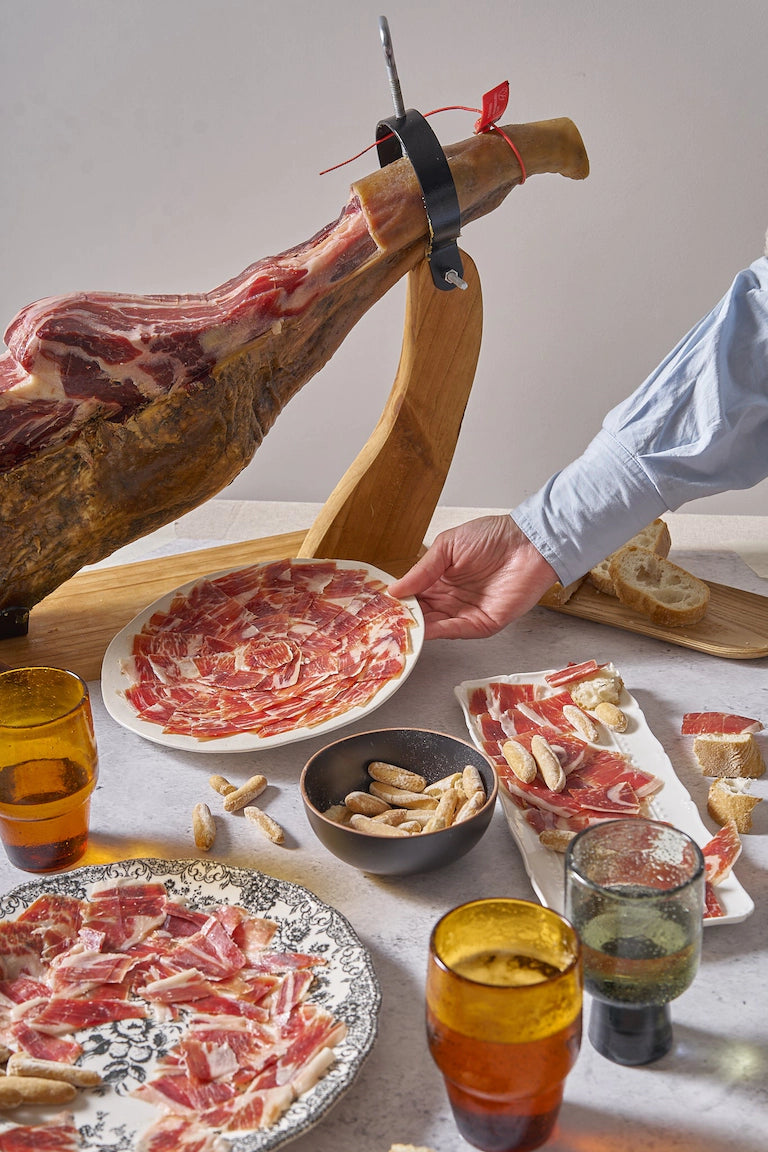
European Hake, also known as Cornish salmon and herring hake, is a predatory species that was often netted with its preferred prey. It got the nickname herring hake because the fish it was netted with was often the Atlantic herring.
It’s found in the eastern Atlantic ocean, everywhere from Norway to Iceland, going south along the European coast to Gibraltar, and even further south along the African west coast.
What Does European Hake Taste Like?
This fish is a pretty popular one, and if it’s not the top favorite fish of Spain then it’s definitely up there. It’s not hard to see why, either. They’re mild flavored - so you don’t have to worry about it tasting too “fishy” - and pair well with several vegetables and even other seafood like clams.
It’s slightly sweet, a little more so than cod.
It’s a white and flakey fish that’s firm and meaty when cooked. It’s an incredibly popular dish in Spain, so it wouldn’t hurt to pair it with Spanish flavors. Paprika, garlic, tomato - with chorizo for a Mediterranean kick.
Is European Hake Sustainable?
The sustainability of European Hake is directly tied to where it’s from. Mediterranean Hake are struggling to maintain populations due to overfishing. However, northern Hake - found in the northern Bay of Biscay, Celtic Seas, and Greater North Sea - are doing quite well with population thanks in no small part to a robust fisheries management plan.
The Mediterranean is the world’s most overfished sea, and hake is the most exploited fish native to these waters. Javier Lopez, Oceana’s director of sustainable fisheries campaign, has said “in some cases the fishing mortality is four times above sustainable levels”.
Is European Hake Healthy?
The short answer is yes, Hake is very healthy and nutritious. It’s low in fat, calories, and bad cholesterol while being quite high in good cholesterol and many vitamins and minerals - while also being a good source of protein.
Hake shares this nutritional profile with many other types of fish. It’s stuffed to the brim with essential amino acids, Omega-3 fatty acids, and considerable amounts of micronutrients. Among these are healthy doses of potassium, phosphorus, vitamin B12 and Niacin. That’s not all though, just the tip of the nutrient iceberg. It contains mainly B group vitamins.
Hake, like cod, is a deep water fish and contains a small amount of vitamin A in its flesh. The liver carries most of its omega-3 fatty acids.
How do you Eat European Hake?
While cooking fish may seem intimidating to some, it’s actually quite easy to get it right. The cooking method will depend on what type of Hake you’ve got.
Whole
If you’ve got a whole fish, you’ll need to make sure it’s first been gutted and had its gills and fins removed. The easiest way to cook a whole hake is by roasting it in the oven, or maybe grilling it.
Don’t forget to cover it with a tight fitting lid, or wrap the fish in foil so it doesn’t lose any flavor. If you want to add a bit more flavor, be sure to add your seasonings or sauces before roasting so it has plenty of time to absorb the added flavors.
Filets
The most common way you’ll see Hake filets being cooked is by pan-frying them. You can add a little bit of melon or lemon juice and some butter, plus whatever herbs or dry rub you’d like to season it with.
If you’d rather not roast or pan-fry, you have other options. You can poach the filets if you know how. Grilling is also an option, though you’ll have to take care not to burn them.
What to Serve with Hake
The flavor of hake is very mild and slightly sweet, so in reality you can serve it with whatever you want. As a white fish, it goes well with other seafood and even meats like bacon.
In some parts of the world, Hake will be added to curries with a blend of spices, coconut milk or cream. It can be deep fried for fish and chips.
European Hake Nutritional Benefits
As previously stated, Hake is quite nutritious. It’s packed full of minerals, vitamins, and macro- and micronutrients. It’s rich with amino acids, and omega-3 fatty acids in particular, which have been proven to be highly beneficial to the nervous system.
Micronutrients, like vitamins and minerals, are also in abundance in this deep sea fish.
Final Thoughts
European Hake is a delicious and highly nutritious fish with a mild flavor. It’s versatile, doesn’t bruise, and can be cooked into just about any recipe that calls for a white fish.
